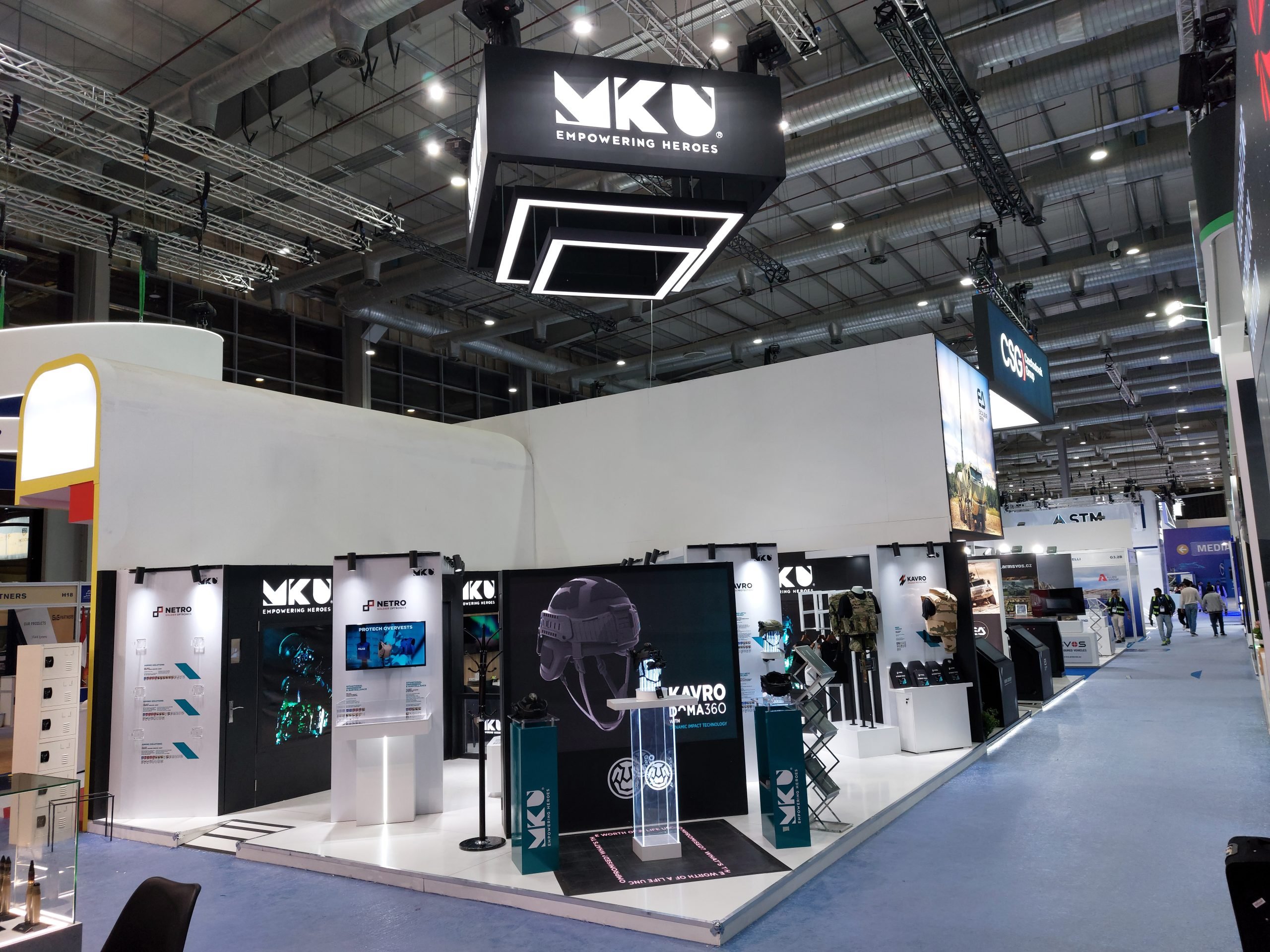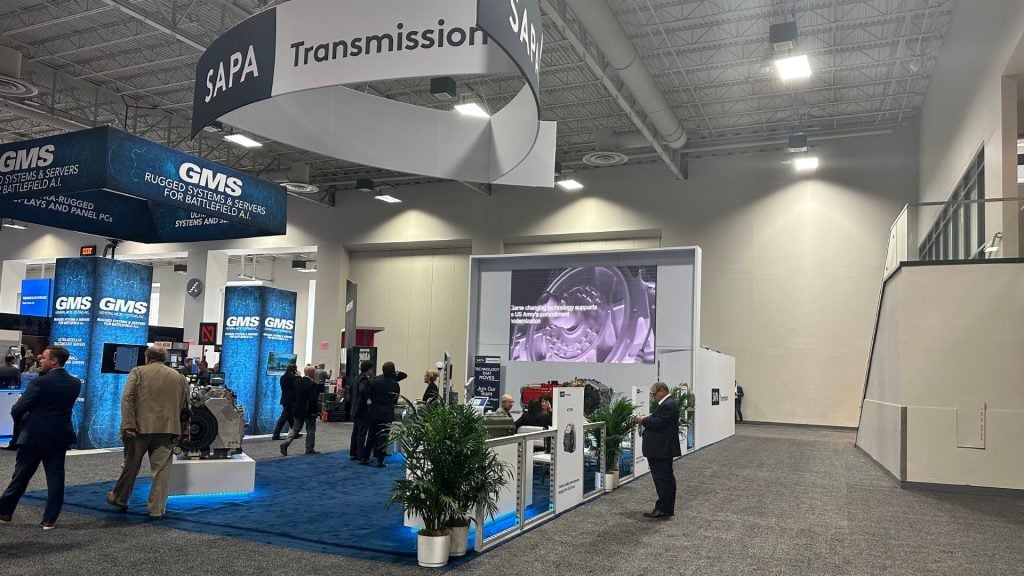
Introduction
In the realm of trade shows, where the primary objective is often commercial success, the incorporation of artistic elements can create a unique and compelling experience for attendees. Blending art and commerce in trade show display design not only attracts attention but also fosters deeper emotional connections with visitors.
This blog explores the intersection of art and commerce in trade show display design, highlighting the benefits, strategies, and examples of how artistic elements can elevate commercial exhibits.
1. The Convergence of Art and Commerce:
Understanding the Blend: Art and commerce, traditionally seen as distinct domains, are increasingly merging in trade show environments. This convergence involves:
- Aesthetic Appeal: Utilizing artistic principles to create visually stunning displays.
- Emotional Engagement: Leveraging art to evoke emotions and connect with visitors on a deeper level.
- Storytelling: Using art to narrate brand stories and product journeys in an engaging manner.
The Importance of Aesthetic Appeal: In a crowded exhibition hall, visually striking displays can make a significant impact.
- Attracting Attention: Artistic elements such as sculptures, murals, and installations can draw visitors’ eyes and spark curiosity.
- Creating Memorable Impressions: Unique and beautiful designs leave a lasting memory, enhancing brand recall.
2. Benefits of Integrating Art into Trade Show Displays:
Enhanced Visitor Engagement: Artistic displays encourage visitors to spend more time at the booth, exploring and interacting with the elements.
- Interactive Experiences: Art can be interactive, allowing visitors to engage directly with the display.
- Immersive Environments: Artistic design can transform a booth into an immersive experience, captivating visitors.
Strengthening Brand Identity: Art can convey brand values and messages more effectively than traditional displays.
- Visual Storytelling: Artistic elements can tell the story of the brand and its products in a compelling way.
- Emotional Resonance: Art can evoke emotions that align with the brand’s identity and values, creating a stronger connection with visitors.
Creating Social Media Buzz: Artistic displays are highly shareable, providing excellent content for social media.
- Instagrammable Moments: Unique and visually appealing designs encourage visitors to take photos and share them online.
- Viral Potential: Artistic elements that stand out can generate social media buzz, extending the booth’s reach beyond the event.
3. Strategies for Blending Art and Commerce in Trade Show Displays:
Collaborating with Artists: Partnering with artists can bring fresh perspectives and creativity to the booth design.
- Artist-In-Residence Programs: Have an artist create live work during the event to draw crowds and generate interest.
- Commissioned Artworks: Commission artworks that reflect the brand’s identity and message.
Incorporating Local Culture: Integrating elements of local culture can make the booth more relevant and engaging for attendees.
- Cultural Artifacts: Use cultural artifacts and motifs in the design to connect with the local audience.
- Local Artists: Collaborate with local artists to incorporate regional styles and themes.
Using Technology to Enhance Art: Technology can elevate artistic elements, creating dynamic and interactive displays.
- Projection Mapping: Use projection mapping to create moving visuals that transform the space.
- Augmented Reality (AR): Integrate AR to allow visitors to interact with the art through their devices.
4. Practical Tips for Implementing Artistic Elements:
Start with a Strong Concept: Develop a clear concept that aligns with your brand’s message and goals.
- Define Objectives: Understand what you want to achieve with the artistic elements, whether it’s attracting attention, conveying a message, or creating an interactive experience.
- Consistency: Ensure the art elements are consistent with your brand’s overall aesthetic and message.
Engage Multiple Senses: Incorporate elements that engage more than just the visual sense to create a more immersive experience.
- Sound and Light: Use soundscapes and dynamic lighting to enhance the visual art.
- Tactile Elements: Allow visitors to touch and interact with certain parts of the display.
Plan for Practicalities: Consider the logistics of incorporating art into your booth design.
- Space and Safety: Ensure there is adequate space for the art installation and that it does not pose any safety hazards.
- Budget and Time: Plan for the costs and time required to create and install artistic elements.
Conclusion:
Blurring the lines between art and commerce in trade show display design offers a powerful way to attract attention, engage visitors, and create memorable brand experiences. By incorporating artistic elements, brands can elevate their exhibits, enhance their storytelling, and foster deeper connections with their audience.
As trade shows continue to evolve, the integration of art and commerce will likely become an increasingly important strategy for exhibitors seeking to stand out in a crowded marketplace. Embracing this approach not only showcases creativity and innovation but also enhances the overall impact and effectiveness of trade show displays.


 Global
Global Europe
Europe

